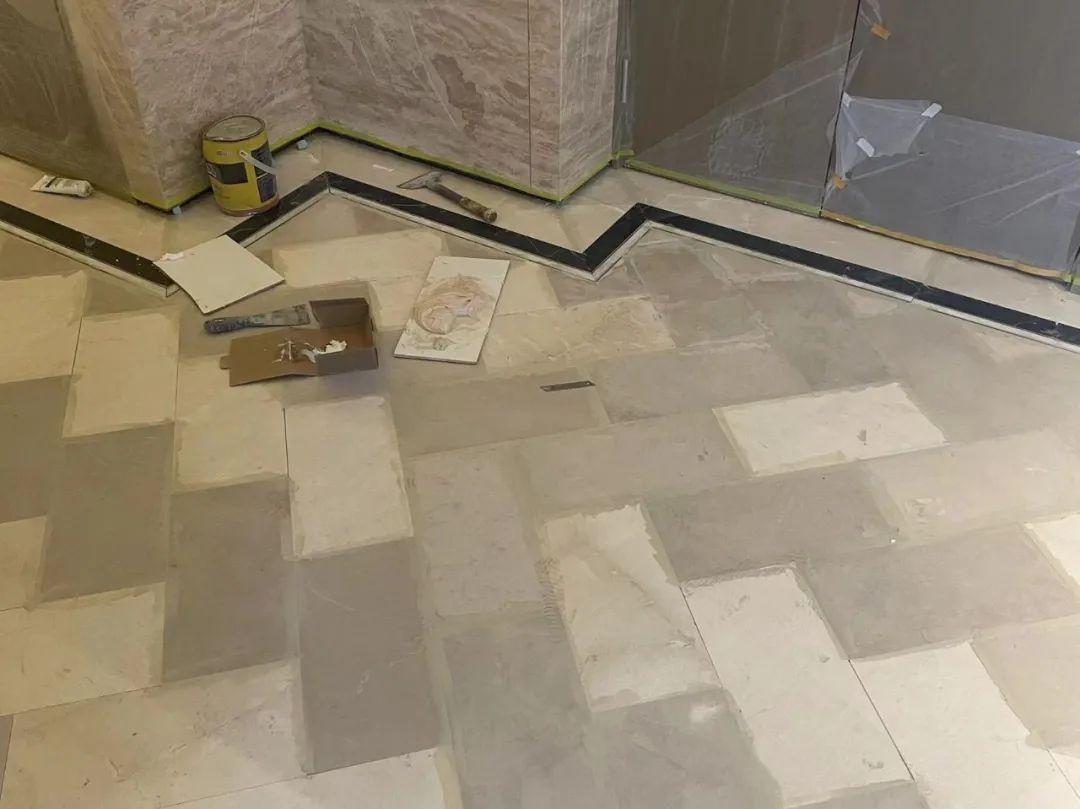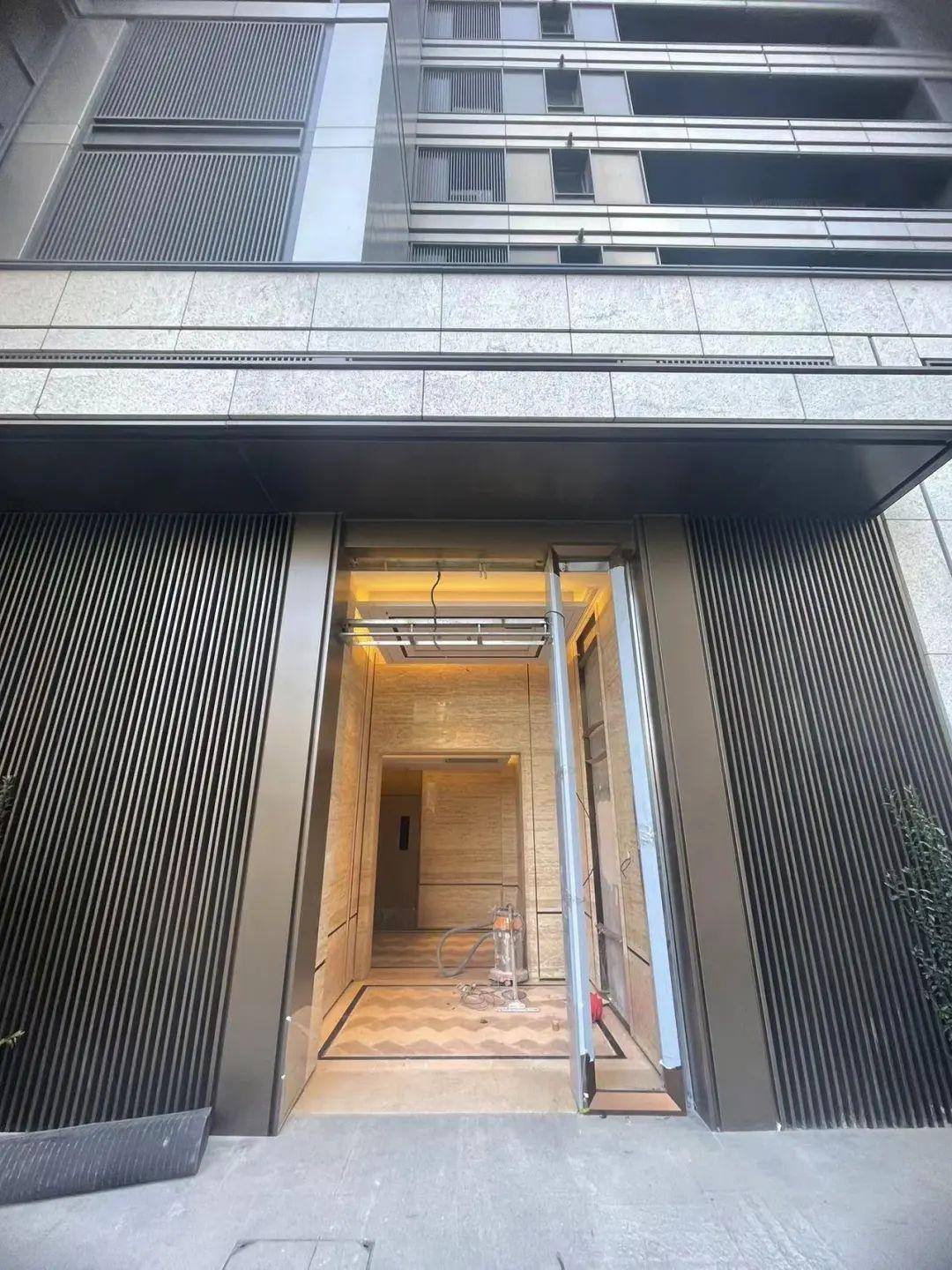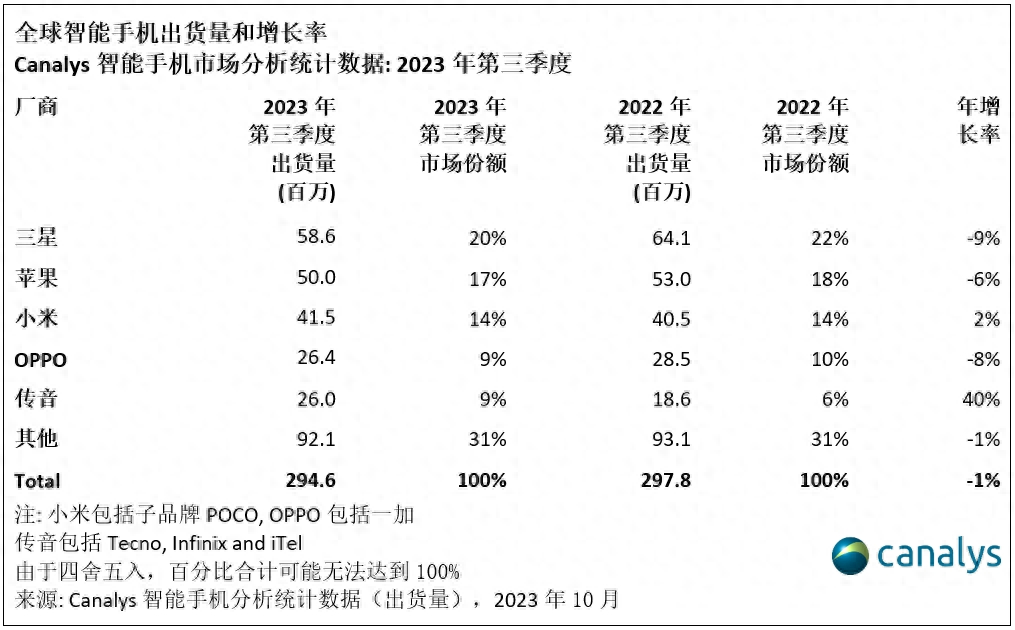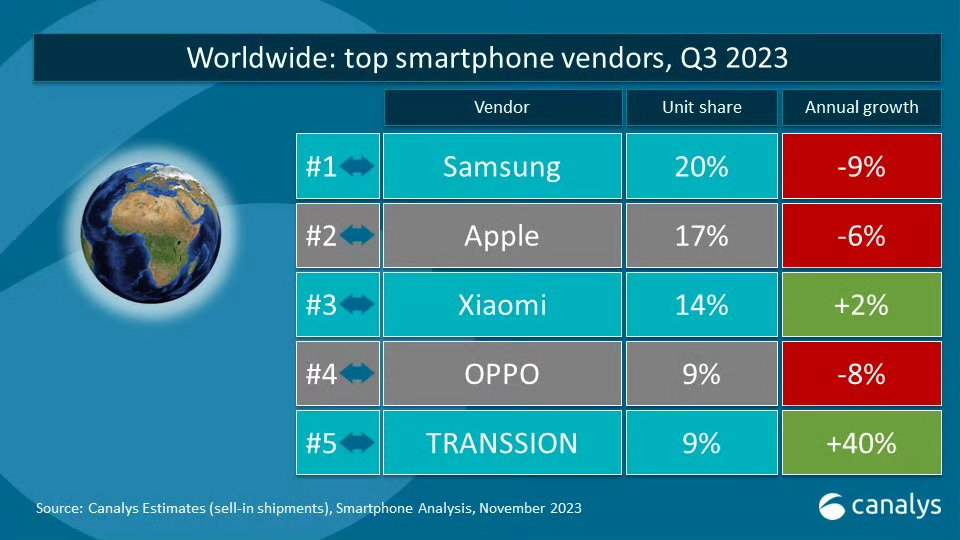比较级和最高级(few比较级和最高级)
clean-cleaner-cleanest
little→less→least
这是这个城市里第三大的建筑物。
big(大的) bigger biggest
1 变化规则
2 形容词比较级的用法
3). 表示“两者之间最……的一个”时,用“the + 比较级”。如:Lucy is the taller of the twins.
另外,second, third, next 等也要放在定冠词之后。如:
small-smaller-smallest
busy(忙的) busier busiest
This is the third largest building in this city.
Slowly-more slowly-most slowly
busy-busier-busiest
3 形容词最高级的用法
hot热的) hotter hottest
(4)&34;以辅音字母+y&34;结尾的双音节词,改y为i,再加-er,-est
4 修饰语
near-nearer-nearest
(6)少数以-er,-ow结尾的双音节词未尾加-er,-est
low-lower-lowest
(7)其他双音节词和多音节词在前面加more,most来构成比较级和最高级。
(1)单音节词加词尾-er,-est来构成比较级和最高级。
黄河是中国第二长河。
2). 在两者之间选择“哪一个更……”时,用句型“Which / Who is +比较级, ... or ...?”。如:Which sweater is cheaper, the red one or the yellow one?
great-greater-greatest
able(有能力的) abler ablest
tall-taller-tallest
3. 形容词最高级前可以由物主代词、指示代词、名词所有格等修饰,此时不用定冠词the。如:Yesterday is her happiest day in her life
如:clever, polite等。
many / much→more→most
1).两者比较时用形容词比较级,其结构为“... 比较级 + than ...”。如:Actions speak louder than words.
old-older/elder-oldest/eldest
lucky-luckier-luckiest
黄河是中国的第二大河。
副词的比较级和最高级的构成规则和形容词比较级和最高级的构成规则一样,所不同的是:形容词最高级前面必须用the,而副词的最高级前面的the可带可不带。
red红色的 redder reddest
quickly-more quickly-most quickly
nice(好的) nicer nicest
Much(……得多),far(……得多),even(甚至,更),still(更),a bit(有点),a little(有点),a lot(很), a great deal(大大地), twice(两倍), five times(五倍), two-fifths(五分之二), a half(一半)等修饰比较级表示程度,但决不可用very修饰。
cheap-cheaper-cheapest
lazy-lazier-laziest
far→farther→farthest(表示距离) / far→further→furthest (表示程度)
young-younger-youngest
bad / ill/badly→worse→worst
4). 表示“越……,越……”时,用“the + 比较级,the + 比较级”。如:The more you eat, the fatter you will become.
(2)以不发音的e结尾的单音节词只加-r,-st
hot-hotter-hottest
big-bigger-biggest
narrow(窄的) narrower narrowest
6). 形容词比较级前可以用下列词修饰:much, a little, far, a bit, a few, a lot, even, still, rather等。如:It&39;s much colder today than yesterday.
2.最高级的修饰语
heavy-heavier-heaviest
Bravely-more bravely-most bravely
loud-louder-loudest
This is (by) far the best book that I&39;ve ever read.
tall(高的) taller tallest
大多数形容词和副词有比较级和最高级的变化,即原级、比较级和最高级,用来表示事物的等级差别。原级即形容词的原形,比较级和最高级有规则变化和不规则变化两种。
2. 表示“最……之一”时,用“one of + the + 最高级”。如:The light bulb is one of the most helpful inventions.
1. 三者或三者以上的人或物进行比较时,用形容词最高级形式。形容词最高级前通常需加定冠词the,句末常接in / of短语来表示范围。如:He is the strongest of all the boys.
nice-nicer-nicest
great(巨大的) greater greatest
fat-fatter-fattest
By far/ far and away 最,很 much ……得多 almost 几乎 nearly 几乎
这是我读过的最好的书。
few-fewer-fewest
(9) 不规则变化
The Yellow River is the second longest river in China.
一些词本身没有比较级和最高级形式,如:right, wrong, full, empty, round, complete, wooden, dead, daily等。
(8)一些词的比较级和最高级,可以加-er或 -est,也可以加more或most
(5)以ly结尾的副词,除early-earlier-earliest,其他都是加more most.
clear-clearer-clearest
angry-angrier-angriest
easily(容易地) more easily most easily
The Yellow River is the second longest in China.
eg. Tom is a little taller than Mike. Tom比Mike稍高一点;
short-shorter-shortest
clever(聪明的) cleverer cleverest
thin-thinner-thinnest
(3)以一个辅音字母结尾的闭音节单音节词,双写结尾的辅音字母,再加-er,-est
happy-happier-happiest
interesting-moreinteresting-most interesting
It is even colder today than yesterday. 今天甚至比昨天更冷
easy(容易的) easier easiest
5). 表示“越来越……”时,用“比较级 + and + 比较级”,多音节词和部分双音节词用“more and more + 形容词原级”。如:We should make our country more and more beautiful.
expensive-more expensive-most expensive
有一些词的比较级、最高级变化是不规则的,需要特殊记忆。如:
old→older / elder→oldest (表示新旧或年龄) / eldest (表示兄弟姐妹之间的长幼关系)
1. 比较级的修饰语
glad-gladder-gladdest
late-later-latest
long-longer-longest
strong-stronger-strongest
large(大的) larger largest
如:important(重要的) more important most important
good / well→better→best
high-higher-highest
difficult-more difficult-most difficult
deep-deeper-deepest
- 0000
- 0000
- 0000
- 0003
- 0000






